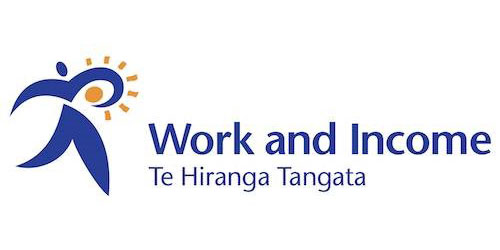Understanding the autonomic nervous system
The autonomic nervous system (ANS) controls involuntary functions such as heart rate, breathing, digestion, and stress response. It operates through two main branches: the sympathetic system (fight or flight) and the parasympathetic system (rest and repair). A healthy body maintains balance between the two — a state known as autonomic regulation.
Why this matters
Chronic stress, poor posture, or restricted spinal motion can lead to sustained sympathetic dominance — keeping the body in a constant state of alertness. This can contribute to tension, fatigue, and reduced recovery capacity. Research by Dr Heidi Haavik and colleagues has investigated how spinal adjustments may influence this autonomic balance using objective measures such as heart rate variability (HRV).
What the research explored
Haavik’s team measured HRV before and after chiropractic adjustments to evaluate shifts in autonomic activity. HRV reflects the body’s ability to adapt to stress — higher variability indicates better resilience and parasympathetic tone.
Key findings
- Spinal adjustments were associated with increased HRV in several studies, reflecting improved parasympathetic (rest-and-repair) activity.
- Some participants demonstrated reduced resting heart rate and lower stress reactivity following adjustments.
- Neurophysiological models suggest this occurs because spinal afferent input influences brainstem centres involved in autonomic control.
- Improved ANS balance may help support recovery, immune function, and overall wellbeing.
Clinical relevance
While chiropractic care is not a treatment for stress or heart conditions, these findings suggest it can support the nervous system’s ability to regulate and adapt. In practice, this aligns with what many patients report — feeling calmer, breathing more freely, and sleeping better after adjustments.
Our clinical approach
- Monitor heart rate variability and other indicators of nervous system balance where appropriate.
- Focus on improving spinal mobility to normalise sensory input to the brainstem and vagal pathways.
- Encourage lifestyle factors (sleep, breathwork, movement) that complement parasympathetic recovery.
Read the study: Impact of Chiropractic Spinal Manipulation on Autonomic Activity Assessed via Heart Rate Variability
This content is for educational purposes only. Chiropractic care does not treat cardiovascular or psychological conditions, but may support healthy nervous system regulation as part of holistic wellbeing.


